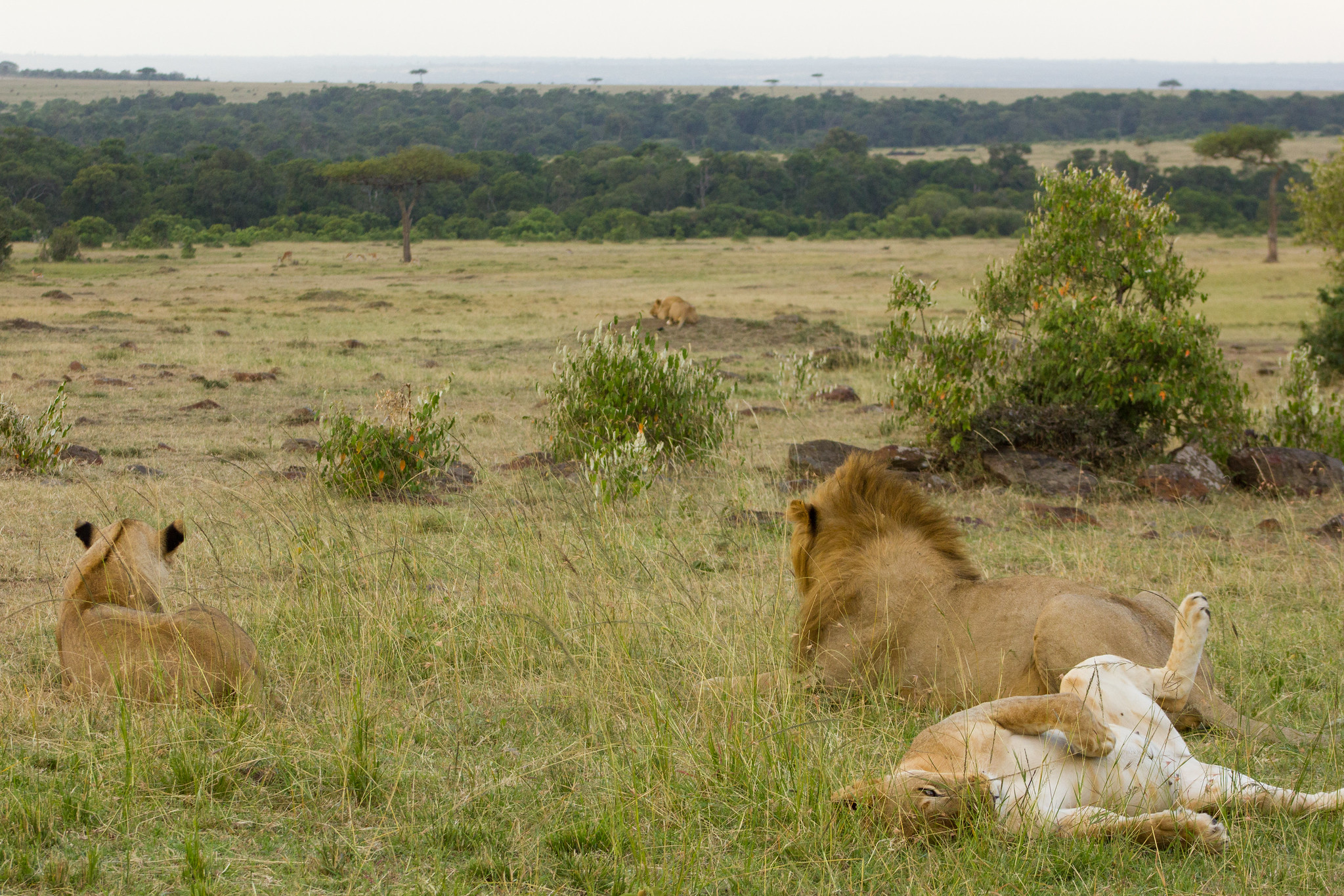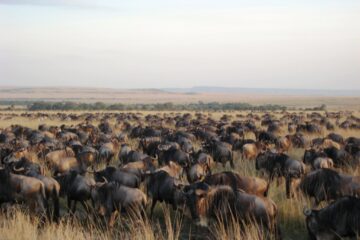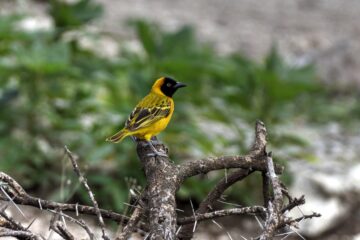Discover the wonders of Masai Mara National Reserve, a world-renowned wildlife haven in Kenya. Witness the breathtaking Great Migration, encounter the Big Five, and immerse yourself in the rich Maasai culture. From thrilling game drives to serene hot air balloon safaris, experience unparalleled biodiversity and stunning landscapes. Perfect for nature enthusiasts and adventure seekers, the Masai Mara National Reserve promises unforgettable moments in the heart of Africa.
Nestled in the southwestern corner of Kenya, the Masai Mara National Reserve is a world-renowned wildlife haven that captures the essence of Africa’s untamed beauty. This sprawling reserve, covering approximately 1,510 square kilometers, is part of the greater Serengeti ecosystem and serves as a critical sanctuary for an array of wildlife. Named in honor of the Maasai people who inhabit the region and the Mara River that flows through it, the Masai Mara offers a captivating blend of cultural richness and natural splendor.
Geography and Landscape
The Masai Mara’s landscape is a mosaic of grassy plains, rolling hills, and riverine forests. The terrain is punctuated by acacia trees and meandering rivers, creating diverse habitats that support a vast range of species. The Mara River, teeming with hippos and crocodiles, is a lifeline for the reserve, especially during the dry season. This intricate network of ecosystems makes the Masai Mara one of the most biodiverse areas in Africa.
Wildlife Spectacles in the Masai Mara National Reserve
The Masai Mara is perhaps most famous for its incredible wildlife populations and the annual Great Migration, often considered one of the most spectacular natural events on the planet.
From July to October, over 1.5 million wildebeest, accompanied by hundreds of thousands of zebras and gazelles, migrate from the Serengeti in Tanzania to the greener pastures of the Masai Mara. This epic journey involves perilous river crossings where predators lurk, resulting in dramatic scenes of survival and the struggle for life. The sight of the vast herds moving across the plains is an awe-inspiring testament to nature’s grandeur and resilience.
Big Five and Beyond
The reserve is home to the “Big Five” – lions, leopards, elephants, buffaloes, and rhinos. Lion prides are frequently spotted lounging in the sun or hunting, while leopards, although more elusive, can often be seen resting in trees. Elephants roam the savannah in large herds, and buffaloes graze in the grasslands. Rhinos, though rarer, are a treasured sight, particularly the critically endangered black rhino.
Beyond the Big Five, the Masai Mara boasts over 95 species of mammals and 570 species of birds. Cheetahs, giraffes, hyenas, and hippos add to the rich tapestry of wildlife, making every game drive a unique and thrilling adventure.
The Maasai People
Integral to the Masai Mara experience are the Maasai people, who have lived in harmony with the wildlife for centuries. The Maasai are known for their distinctive culture, traditional dress, and semi-nomadic lifestyle. Visiting a Maasai village offers a deep insight into their customs, dances, and ceremonies, providing a cultural dimension to the safari experience. The Maasai’s knowledge of the land and wildlife is unparalleled, and their presence adds a vital cultural heritage to the reserve.
Activities and Experiences
Game Drives in the Masai Mara
Game drives are the cornerstone of the Masai Mara experience. Conducted in open 4×4 vehicles, these safaris allow for close encounters with wildlife. Knowledgeable guides share their expertise, enhancing the experience with fascinating facts and stories about the animals and their behaviors.
Hot Air Balloon Safaris
For a truly unforgettable perspective, hot air balloon safaris offer a bird’s-eye view of the plains at sunrise. Floating silently over the landscape, observers can witness the drama of the wilderness from above, followed by a champagne breakfast upon landing.
Guided Walks and Cultural Tours
Guided bush walks provide an intimate way to explore the environment, focusing on the smaller details often missed during game drives. Additionally, cultural tours to Maasai villages offer a chance to learn about the traditional ways of life and the symbiotic relationship between the Maasai and the wildlife.
Conservation Efforts
The Masai Mara faces numerous conservation challenges, including habitat loss, human-wildlife conflict, and poaching. However, significant efforts are underway to preserve this unique ecosystem. Community-based conservation projects involve local communities in protecting wildlife while benefiting economically from tourism. Anti-poaching initiatives, habitat restoration projects, and sustainable tourism practices are all crucial components of the conservation strategy.
Accommodations in the Masai Mara
The reserve offers a range of accommodations, from luxury lodges and tented camps to budget-friendly options. Many lodges are designed to blend seamlessly with the natural environment and offer stunning views of the plains. Eco-friendly practices are increasingly adopted, ensuring that tourism supports conservation efforts and minimizes its impact on the environment.
Best Time to Visit Masai Mara National Reserve
The best time to visit the Masai Mara depends on what you hope to see. The Great Migration is typically best viewed from July to October. However, the reserve offers excellent wildlife viewing year-round. The dry season, from June to October, provides optimal conditions for game viewing, while the wet season, from November to May, brings lush landscapes and abundant birdlife, with fewer tourists.
The Masai Mara National Reserve is more than just a destination; it’s a profound journey into the heart of nature. Its unparalleled wildlife spectacles, rich cultural heritage, and stunning landscapes make it a must-visit for nature enthusiasts and adventure seekers alike. Whether witnessing the dramatic crossings of the Great Migration, encountering the Big Five, or learning from the Maasai people, every moment in the Masai Mara is an unforgettable encounter with the wild.






Tour Reviews
There are no reviews yet.
Leave a Review